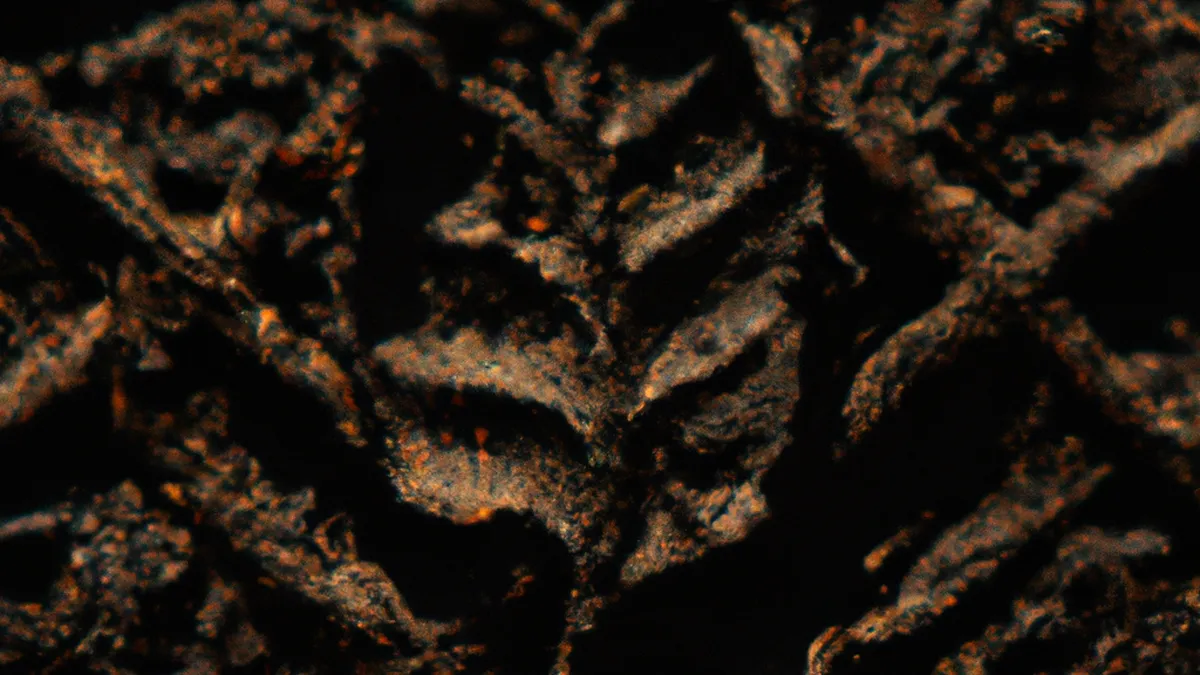Introduce PNF Stretching to Young Competitors
How to Develop a PNF Stretching Program for Youth Athletes
Create a Proprioceptive Neuromuscular Facilitation (PNF) stretching program for youth athletes. This program enhances flexibility and boosts performance. PNF stretching combines both stretching and contracting of targeted muscle groups. This technique increases flexibility and helps prevent injuries. This blog explores how to create an effective PNF stretching program for young athletes.
Understanding PNF Stretching
Understand PNF stretching before starting. This method uses the neuromuscular system’s natural reflexes. It combines passive stretching with isometric contractions. Youth athletes gain significant benefits from this technique. It develops strength and flexibility simultaneously.
Key Components of PNF Stretching
Include these components when planning a PNF stretching program:
1. **Stretching Phase**: Start with a slow, gentle stretch. Hold for 10 to 30 seconds. The athlete should feel mild discomfort, not pain.
2. **Contracting Phase**: Instruct the athlete to contract the stretched muscle. This contraction lasts about 5 to 10 seconds. The athlete should exert force against a partner or wall.
3. **Relaxation Phase**: After contraction, have the athlete relax the muscle. Wait 10 to 15 seconds before repeating the stretch. Repeat this sequence two to three times for each muscle group.
Tips for Implementing PNF Stretching
Consider these tips to implement a PNF stretching program effectively:
1. Educate the Athletes
Educate athletes about PNF stretching. Explain the benefits and importance of flexibility. Encourage questions about the process. Understanding the purpose increases their engagement.
2. Use a Partner System
Pair athletes for PNF stretching. One athlete stretches while the other applies resistance during contraction. This partnership fosters teamwork and builds trust. It also enhances control and safety during stretching.
3. Focus on Major Muscle Groups
Prioritize major muscle groups like hamstrings, quadriceps, and hip flexors. These areas often need increased flexibility for sports performance. Targeting them provides the most benefit. Each session should last about 30 to 45 minutes for optimal results.
Advice for Safe Stretching Practices
Always prioritize safety when developing a PNF stretching program. Follow these guidelines:
1. Warm-up First
Start with a proper warm-up. Engage athletes in light aerobic activity for 5 to 10 minutes. This increases blood flow and prepares muscles for stretching. Skipping this step may lead to injuries.
2. Monitor Intensity
Monitor the intensity of the stretches closely. Athletes should feel a stretch but never pain. Encourage open communication about sensations during exercises. Adjust intensity based on their feedback.
3. Tailor the Program
Each athlete is unique. Tailor the PNF stretching program to individual needs. Consider their age, sport, and current flexibility. This personalized approach ensures optimal benefits for each athlete.
Benefits of PNF Stretching for Youth Athletes
Implementing a PNF stretching program offers many advantages for young athletes:
1. **Improved Flexibility**: PNF stretching significantly improves flexibility. This enhancement boosts overall athletic performance.
2. **Injury Prevention**: Increased flexibility reduces injury risks. Flexible athletes achieve a broader range of motion.
3. **Increased Strength**: PNF stretching improves flexibility and promotes muscle strength. This combination enhances athletic performance.
4. **Enhanced Recovery**: PNF stretching aids muscle recovery after intense workouts. It alleviates soreness and speeds healing.
5. **Boosted Confidence**: As athletes improve flexibility and strength, their confidence grows. This boost positively impacts performance in competitions.
Conclusion
Creating a PNF stretching program for youth athletes is rewarding and beneficial. Follow the outlined guidelines to enhance flexibility, promote injury prevention, and improve performance. Educate athletes, ensure safety, and tailor the program to their needs. PNF stretching can transform their athletic journey. Start incorporating it into their training today for lasting results!
Below are related products based on this post:
FAQ
What is PNF stretching and why is it beneficial for youth athletes?
PNF stretching, or Proprioceptive Neuromuscular Facilitation stretching, is a technique that combines passive stretching with isometric contractions to enhance flexibility and strength. It is particularly beneficial for youth athletes as it helps improve flexibility, reduces the risk of injuries, and promotes muscle strength, which can enhance overall athletic performance.
How can I safely implement a PNF stretching program for young athletes?
To safely implement a PNF stretching program, start with a proper warm-up to increase blood flow, monitor the intensity of stretches to ensure athletes feel a stretch without pain, and tailor the program to each athlete’s individual needs. Pairing athletes during stretching also fosters teamwork and enhances safety.
What should be the focus areas when designing a PNF stretching program?
When designing a PNF stretching program, focus on major muscle groups such as the hamstrings, quadriceps, and hip flexors. These areas often require increased flexibility for optimal sports performance. Each stretching session should last about 30 to 45 minutes to achieve the best results.















Post Comment